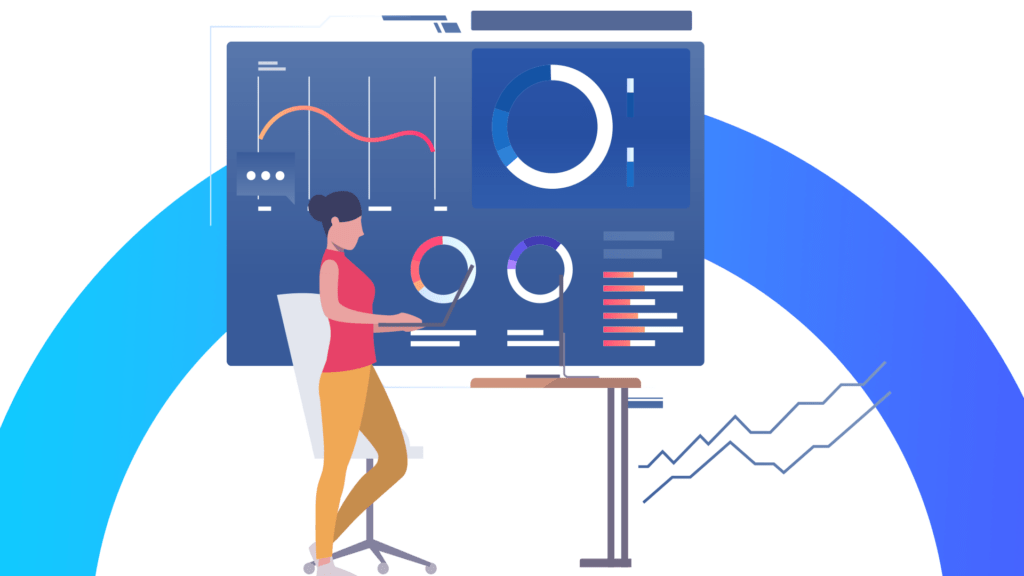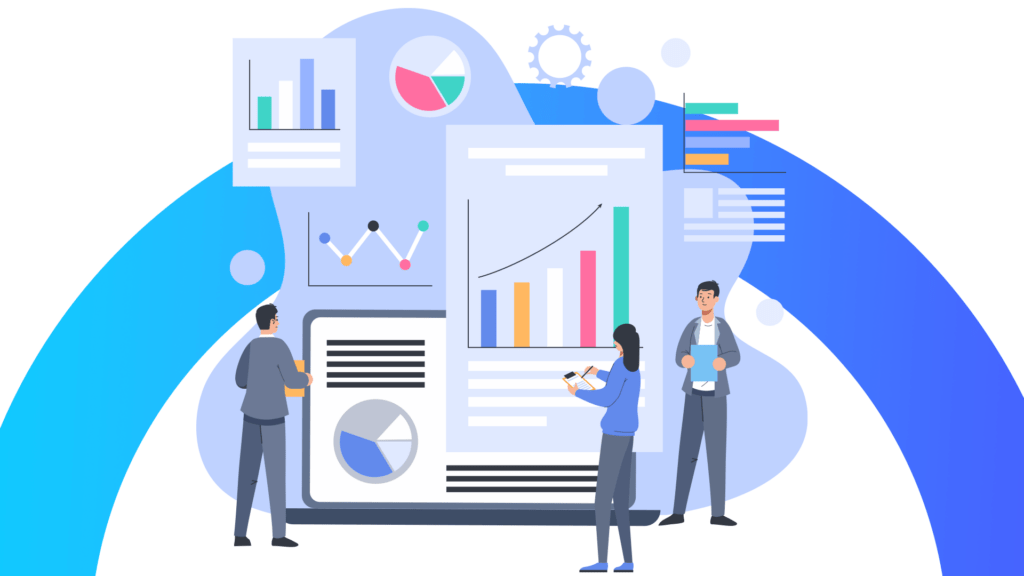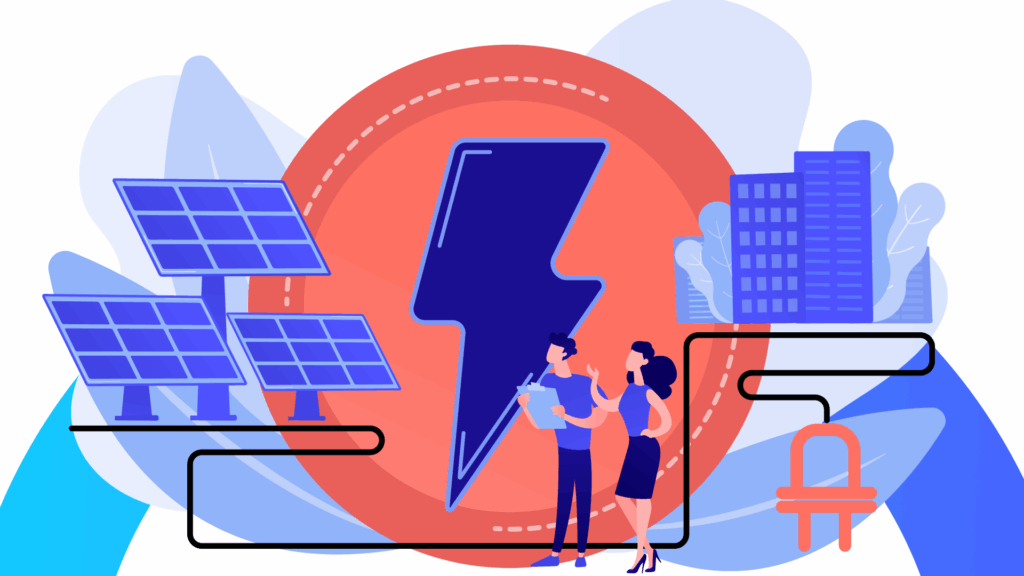Let’s break down the distinct roles of IT vs OT in business, highlighting how IT’s data management and OT’s industrial control complement each other. With the convergence of these fields, where data-driven insights meet operational efficiency, the result is smarter decisions, reduce downtime, and enable automation. Read on to see how IT/OT integration can elevate your business operations.
Overview
Basics of IT vs OT

Understanding Information Technology
IT includes tools and systems like networks, software, and devices that collect, store, and process data. Take it as the brain of the system. By organizing and safeguarding data, IT supports business functions, allowing for efficient decision-making, task automation, and secure data sharing. It plays a central role in modern workplaces, helping teams manage data quickly and accurately while ensuring information security.
Encompassing devices, cloud services, and networks, IT systems provide infrastructure for data handling across organizations. Such an infrastructure enables streamlined operations, data-driven decision-making, and enhanced communication within a secure framework. From financial data processing to employee communication, IT has it covered, ensuring that the business runs efficiently and securely.
Understanding Operational Technology
On the other hand, the focus of OT is on the processes and equipment involved in industrial settings such as energy, manufacturing, and telecommunications. With use of specialized hardware and software, OT controls and monitors machinery. With such mechanisms, OT ensures that the operations are safe and productive.
Systems like ICS (Industrial Control Systems) and SCADA (Supervisory Control and Data Acquisition) are vital to OT. They provide real-time control over industrial equipment and processes.
While traditionally relying on legacy systems, recent technology advancements have led OT to increased modernization within the field. Now, OT is capable of enhancing industrial operations by maintaining seamless control. The result? Reduced downtime, with a focus directly on the physical environment and its demands.
Comparing IT vs OT: core differences
Purpose and focus
Before exploring how IT vs OT work together, let’s see what each does within its own scope, and how the both differ. IT is centred on data management, dealing with its storage, retrieval, and secure transmission. The goal is to make data accessible, reliable, and secure. OT, however, is dedicated to controlling and monitoring physical devices and equipment, particularly in industries where machine safety and process efficiency are paramount.
Operating environments
Devices like computers, servers, and mobile phones are utilized by IT systems to operate in general computing environments. These environments prioritize standard operating systems and data-centric tasks. Conversely, OT systems are designed for industrial settings, handling specialized equipment and customized systems tailored to specific operational needs.
Security concerns
Security priorities differ between IT vs OT. In IT, security primarily focuses on data protection, ensuring that sensitive information is only accessible to authorized individuals. OT prioritizes the continuous, secure operation of physical systems since interruptions can result in significant safety and financial consequences. Both IT and OT employ various security measures, but their specific security tools and approaches differ due to their distinct priorities.
System updates and maintenance
To patch vulnerabilities and enhance performance, IT systems undergo regular updates, as per scheduled routines. In OT, however, updates are often limited to specific maintenance periods to avoid disruptions, as halting production to apply patches could lead to significant downtime.
Connectivity
IT is highly connected, with systems designed for seamless data exchange over networks, including the internet. OT, on the other hand, has traditionally operated in isolation, with systems designed without external connectivity to enhance security and control. However, Industrial Internet of Things (IIoT) technology is bridging this gap, enabling OT to connect with broader networks for better data insights and operational improvements.
Data use and processing
To support business operations, various data types are handled by IT, while OT focuses on real-time data processing to control physical devices and processes. OT’s real-time data needs are essential for monitoring equipment and maintaining safe, effective industrial workflows.
Key similarities between IT vs OT
Operational efficiency
Both IT vs OT contribute to operational efficiency. IT does so by managing and processing data, while OT optimizes industrial operations through process monitoring and equipment control. The integration of IT and OT amplifies efficiency, using data analytics and automation to enhance performance.
Advanced technology adoption
An increase in adoption of modern technologies can be observed for both IT and OT. This includes artificial intelligence (AI), machine learning (ML), and cloud computing. The result is innovation and efficiency through improved automation, analytics, and decision-making capabilities across both domains.
Interdisciplinary skills
There is a growing need for professionals skilled in both IT and OT. As these fields converge, interdisciplinary knowledge helps facilitate integration, manage cybersecurity challenges, and maximize the benefits of IT-OT collaboration.
Device comparison: IT vs. OT
IT and OT convergence: Benefits and challenges
The cause of a pivotal shift in technology is the convergence of IT and OT. It signifies an integration between digital and physical systems. Before, these domains operated separately – IT focused on business data while OT focused on industrial machinery. Now, with IIoT and big data analytics technologies bridging these fields, one unified model is created where information flows freely between both domains.
Integrating information technology and operational technology systems allows for a holistic view of operations. Real-time data from OT systems augments IT’s analytical insights. The result? Organizations benefiting from increased efficiency, enhanced data accuracy and more comprehensive operational oversight.
However, IT/OT convergence presents its own set of unique challenges, particularly regarding security and compatibility. To manage these hurdles successfully requires an investment in interoperable technologies with robust security controls, as well as experienced personnel capable of navigating an integrated landscape.
OmniConnect™ Data Cloud – the ultimate IT/OT convergence platform
OmniConnect™ Data Cloud is one such solution that empowers businesses to harness the full potential of their OT/IT data. By integrating and transforming data from IoT sensors, third-party devices, and more, OmniConnect™ enables real-time analytics for actionable insights. Its cloud-native, no-code design supports IT/OT convergence, allowing for enhanced predictive analytics, remote monitoring, and streamlined decision-making.
With 360-degree cloud coverage, this solution offers seamless access to KPIs and AI-driven insights, optimizing operational efficiency and supporting Industry 5.0 readiness.
Why IT and OT teams must cooperate
Cooperation between IT vs OT teams is increasingly vital in today’s industrial landscape. This is especially crucial as IT cybersecurity expertise helps protect interconnected OT networks against emerging threats. IT can analyze OT’s data to enhance operational efficiency, turning raw information into actionable insights.
Such team-work between IT vs OT teams ensures system compatibility, boosting overall efficiency. Working together, organizations can fully exploit the advantages of connected, data-driven environments. This will ensure that the business is lead to innovation and resilience within an ever-evolving industrial landscape.
To empower your business and to optimize its operations through IT/OT convergence powered by Industry 4.0 technologies, book a demo.




